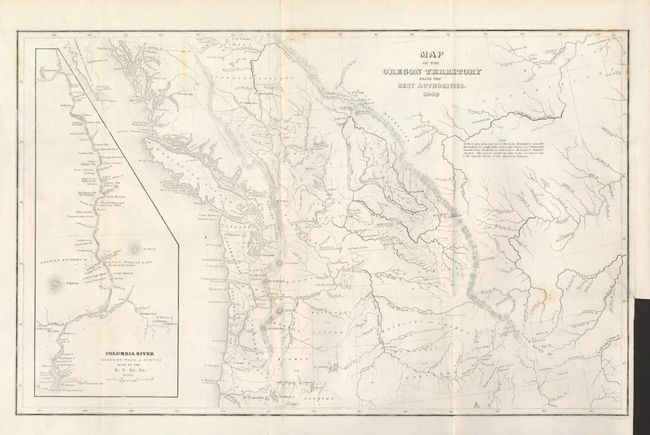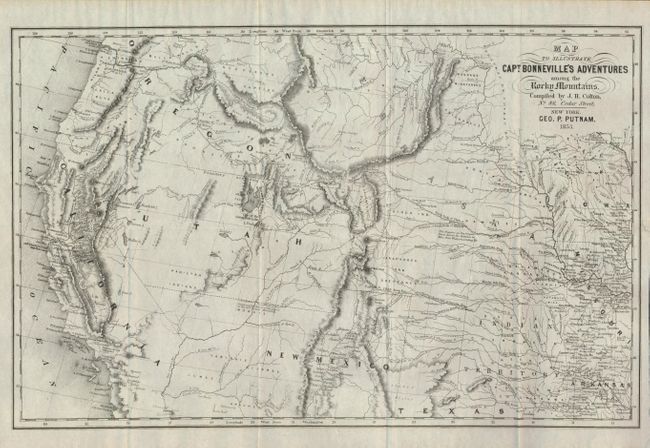Catalog Archive


Auction 134, Lot 205
"[Lot of 2] Map of the Oregon Territory from the Best Authorities [and] Map to Illustrate Capt. Bonneville's Adventures among the Rocky Mountains",
Subject: Western United States
Period: 1849-53 (dated)
Publication:
Color: Black & White
Size:
See Description
Download High Resolution Image
(or just click on image to launch the Zoom viewer)
(or just click on image to launch the Zoom viewer)

